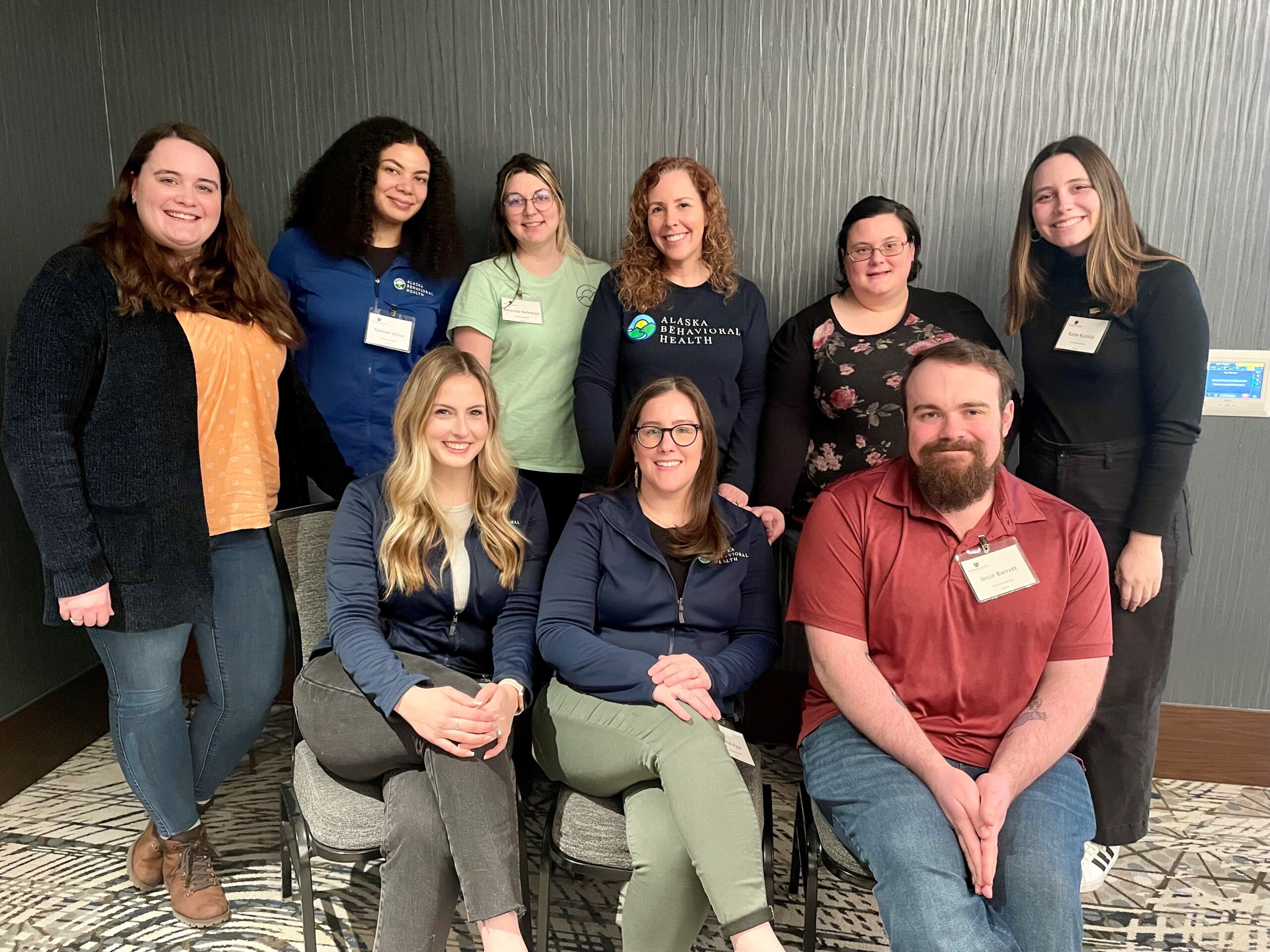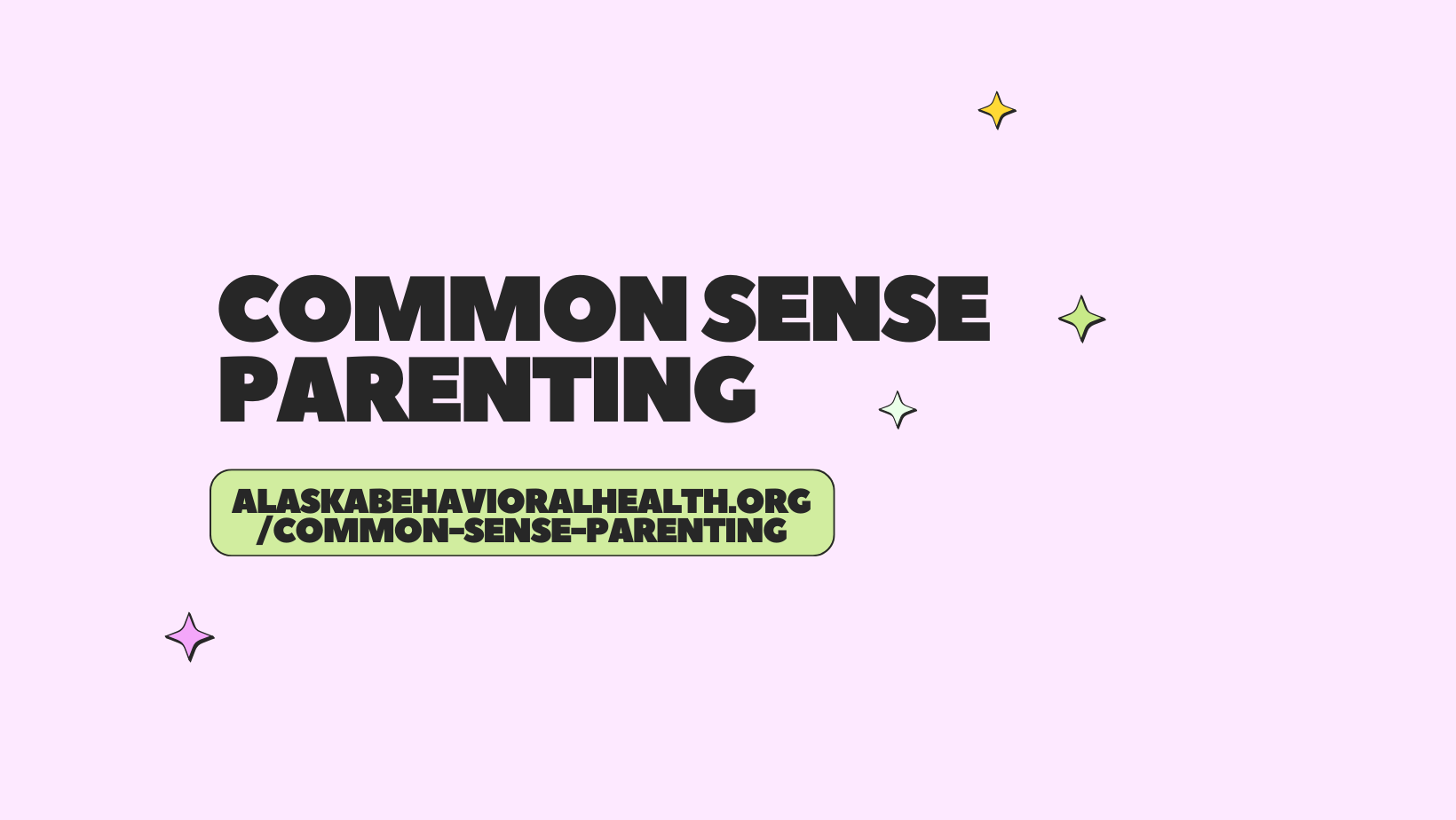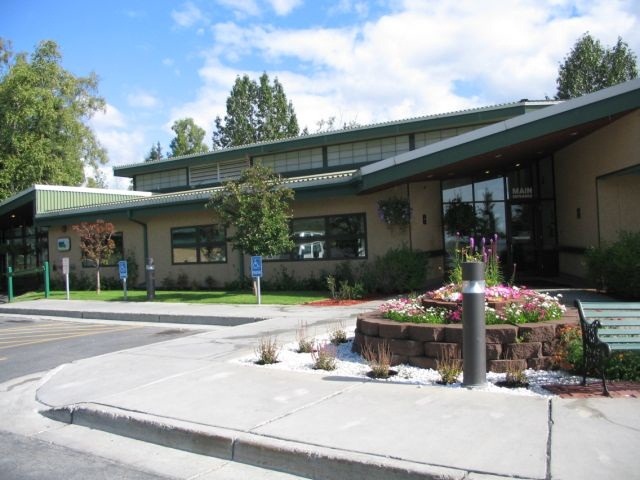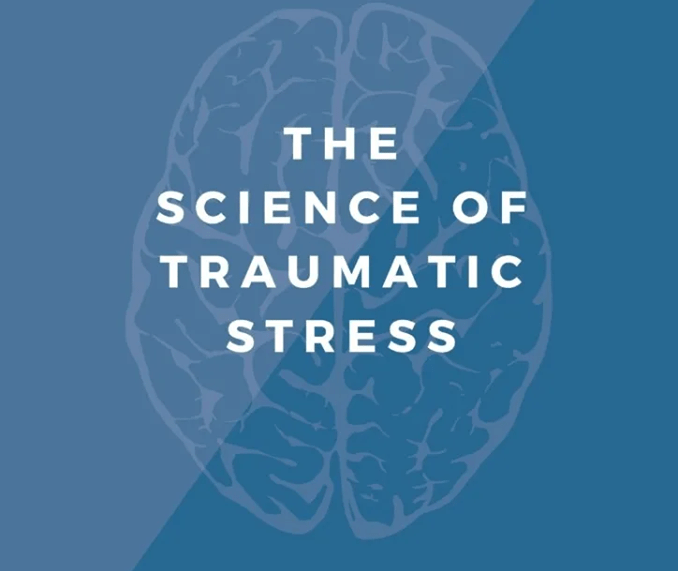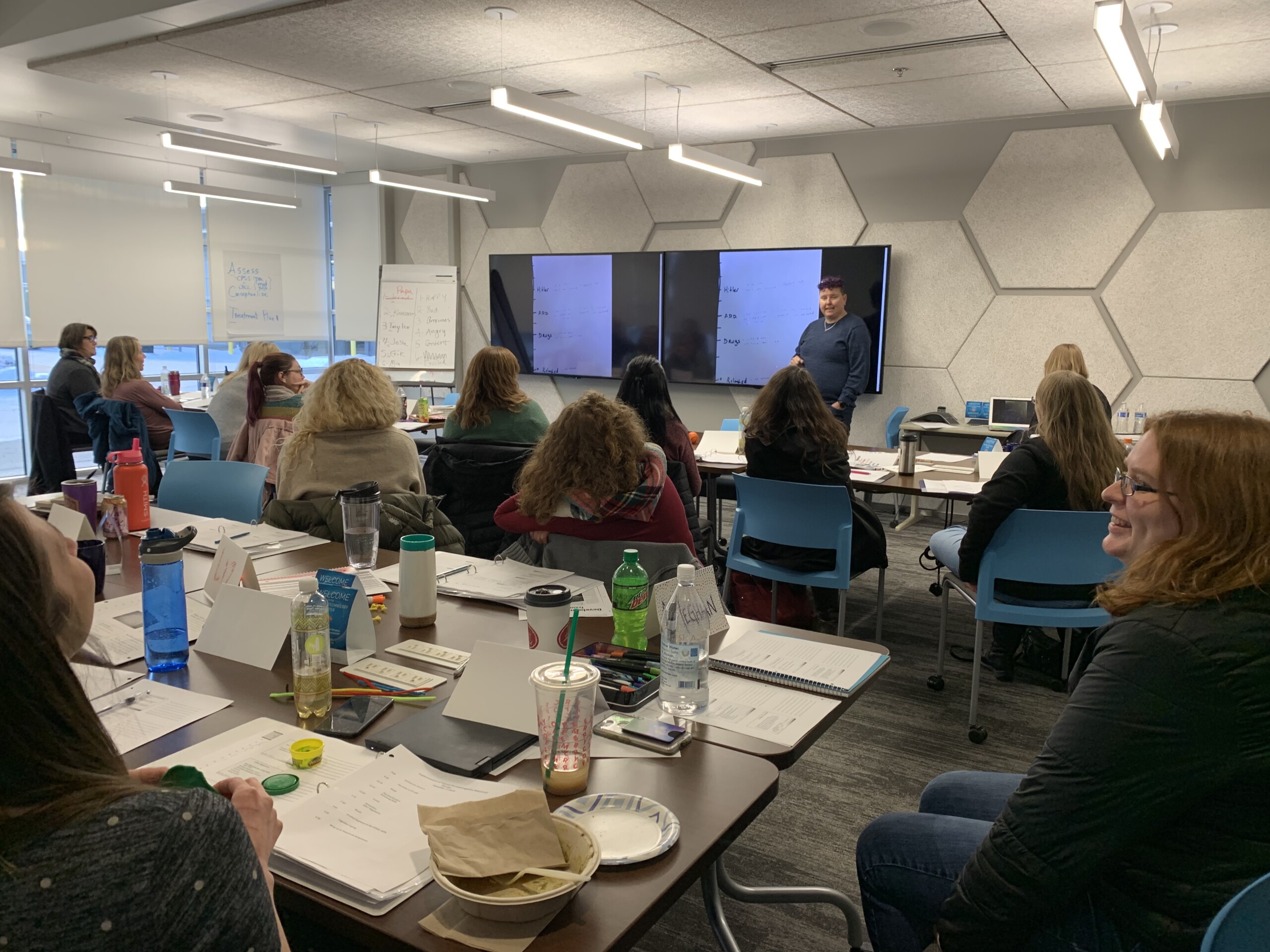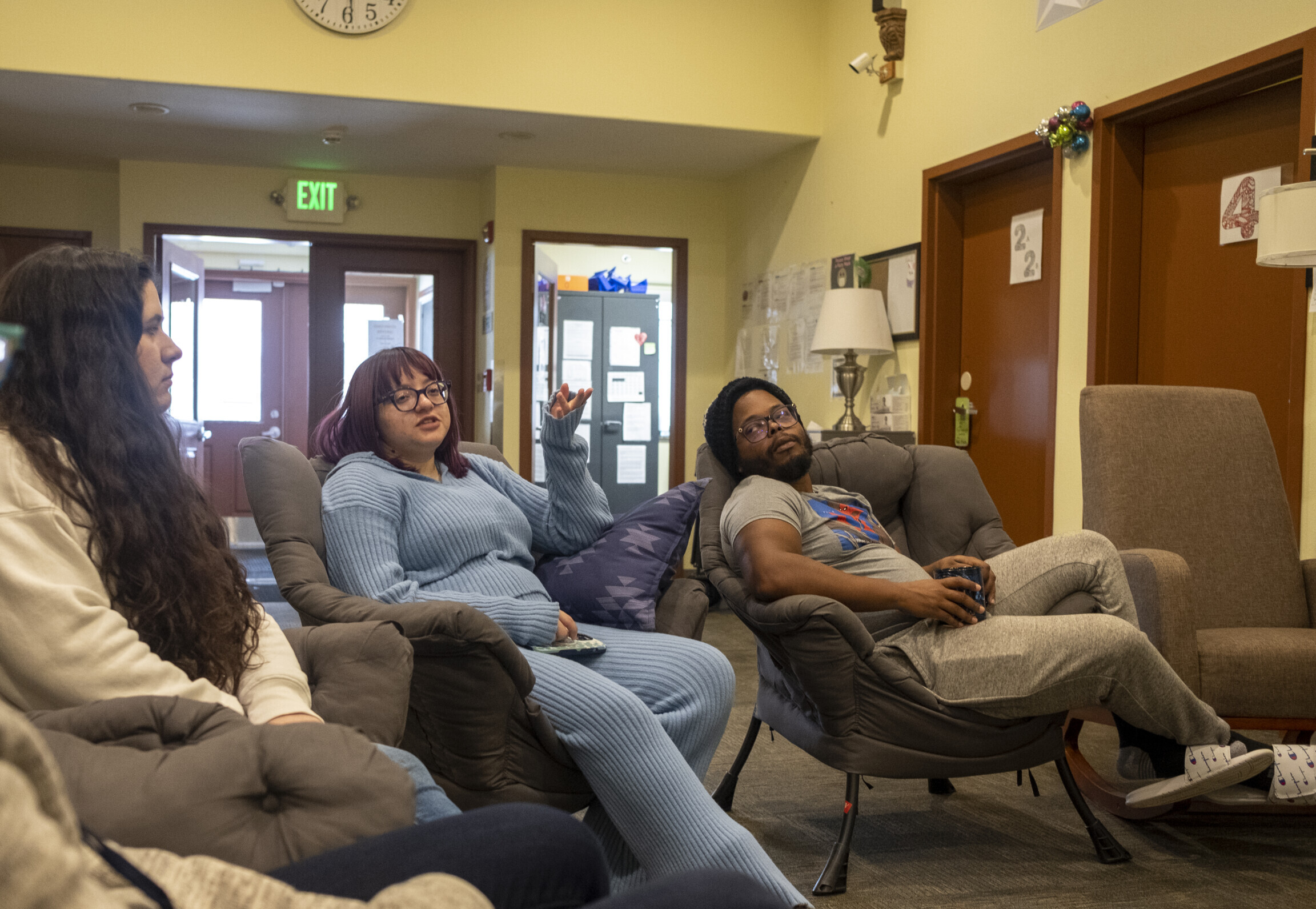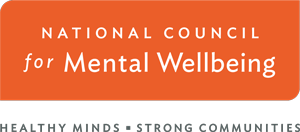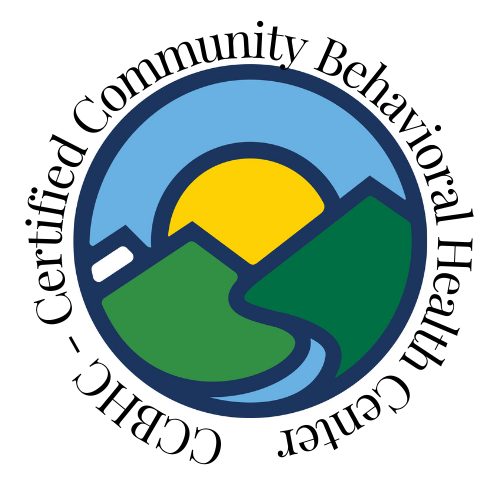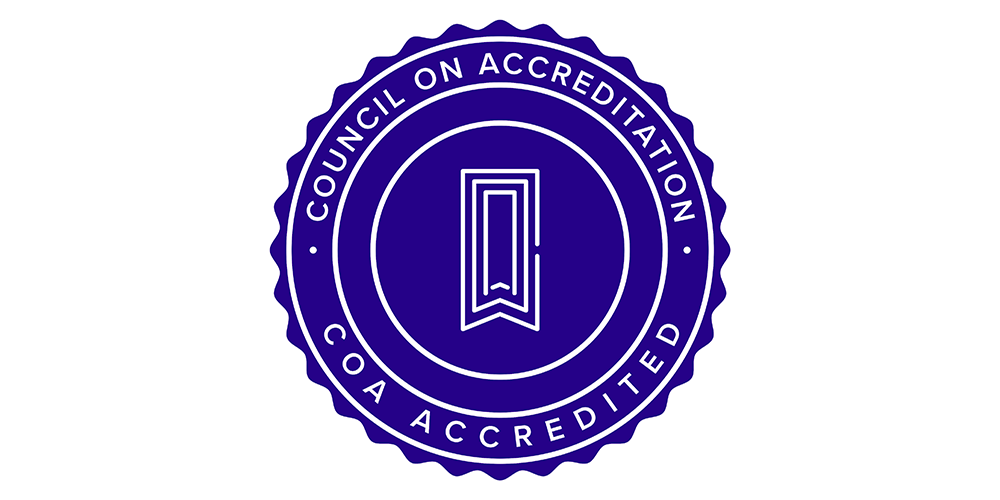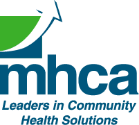At a recent Tuesday morning meeting, the Transitions Team at ACMHS reviewed their client list – noting who’d they seen recently, who was in the hospital, or in jail. One client had been released by Department of Corrections the day before.
“I would really like us to see him within 48 hours,” team manager Cheryl Charic said. “I know that’s hard because he’s staying at the shelter, but if we see him within 48 hours, evidence shows we have a better chance of engaging him in services. “
The Transitions Team works with high needs clients who have a history of repeated visits or lengthy stays in the Alaska Psychiatric Institute or DOC custody.
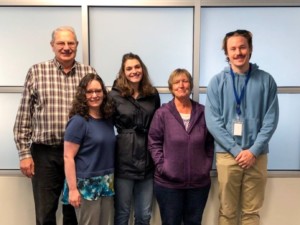
The goal of the Transitions team (formerly called the Institutional Discharge Program) is to provide intensive services to help clients stabilize in the community. For some clients, that might be a relatively short time before they are transferred to the ACMHS Folker team for “stepped down” services. Others may stay with the team longer or be referred for more intensive services – through the ACMHS Residential Team, or Choices, Inc.’s Assertive Community Treatment (ACT) program. It just depends on what they need.
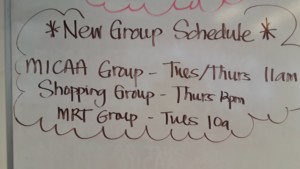
Currently, the team (3 case managers and a clinician) has about 80 clients. They may live in Assisted Living Facilities, in transitional housing paid for by DOC, elsewhere in the community — or at Brother Francis shelter. Case managers help clients with individual needs, which can involve some time doing outreach to find those clients.
At daily meetings, the team checks in about any issues or concerns with clients. More detailed conversations happen weekly with Chief Medical Officer Dr. Jenna Hiestand. If a client is having any medical issues, case managers help coordinate care with the hospital, passing on medication information and recommendations, or providing some education to the staff at a client’s assisted living facility.
This fall, the Transitions Team will be adding more group therapy and skill development sessions. Case manager Ben Newton says the goal is to have a good mix of clinical groups and skill development groups. Clinical groups will include MRT (moral reconation therapy) and groups addressing co-occurring mental illness with substance use. Skill development groups are focused on the practical life skills needed to live in the community. Manager Cheryl Charic says people coming out of institutions do well with structure – and offering daily opportunities to attend groups can help provide that.
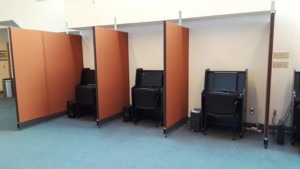
The team shares clients and works closely with the Residential Team (also managed by Cheryl.) They also coordinate with the ACMHS vocational team. Work, even volunteer work, also provides structure and stability for clients.
The overall goal of the program is to provide support to keep clients from cycling in and out of jail and API, replacing the use of those expensive inpatient services with more cost-effective community-based services – and making a major improvement in clients’ quality of life.

